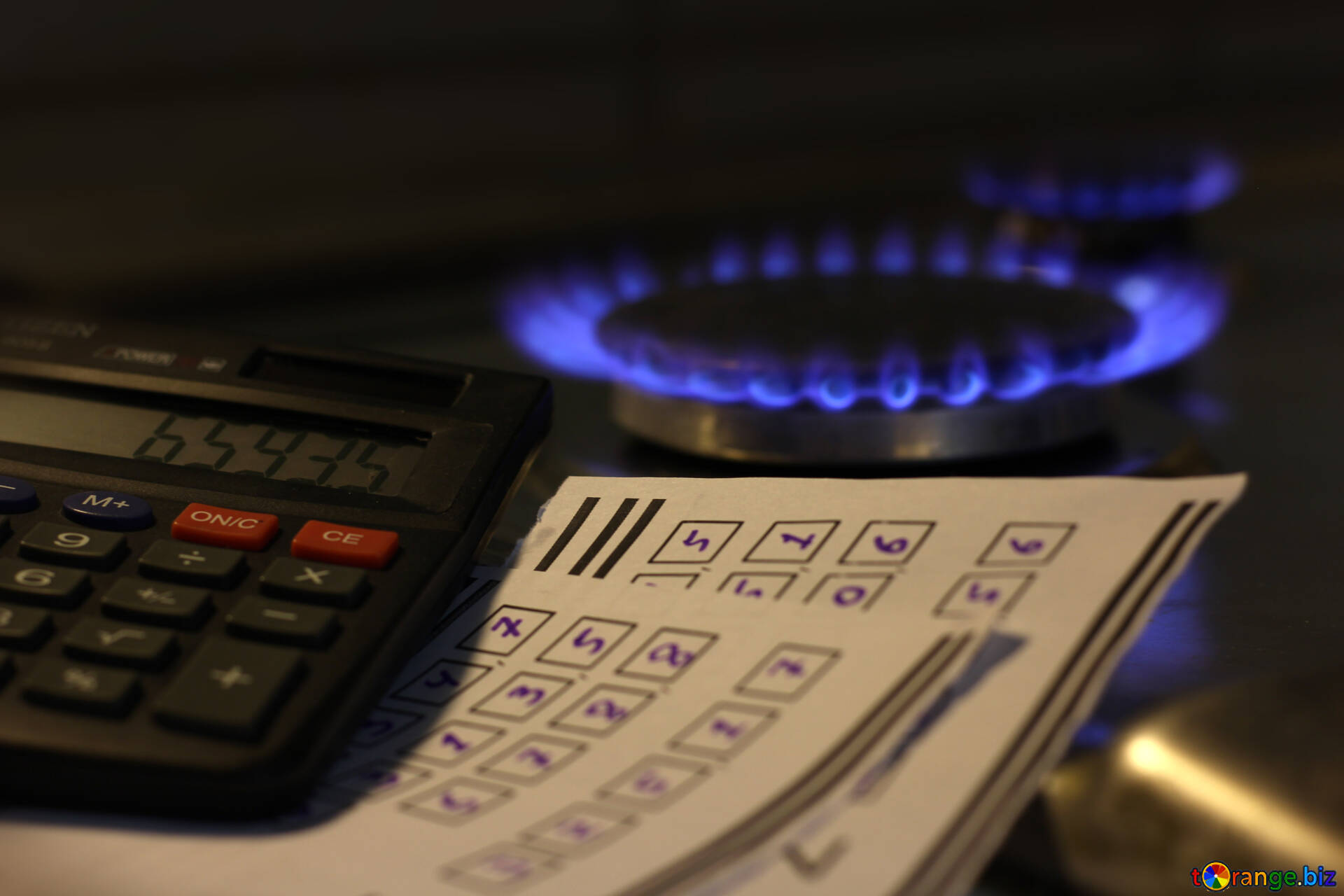How and why electricity and gas bills will increase

In the first quarter of 2022, electricity and gas bills will cost 55% and 41% more, warns Arera. Because? Here are numbers and answers
Arera, the Regulatory Authority for Energy, Networks and the Environment, yesterday announced the exact figures for the increase in electricity and gas bills in the first quarter of 2022, from January to March. For the typical household (which has an average consumption of 2,700 kilowatt hours per year of electricity and 1,400 cubic meters of gas) under protection, the electricity bill will cost 55 percent more, while the gas bill will cost 41.8 percent. percent.
THE INTERVENTION OF THE GOVERNMENT
Both figures take into account the funds allocated once again by the government to contain the increases, or the 3.8 billion dollars foreseen by the latest budget law: they are intended for 29 million families and 6 million micro-enterprises and consist above all of a substantial reduction of the system charges present in the bill.
In the absence of this measure, the economic impact would have been even more significant: the ARERA speaks of an absolute increase of 65 per cent of the electricity bill and of 59.2 per cent of that of gas.
EXPENDITURE FOR LIGHT AND GAS
Increases in electricity and gas bills will translate into higher spending for consumers. For electricity, in the period April 2021-March 2022 the typical family will find itself spending 823 euros, 68 percent more than in the previous period (April 2020-March 2021).
For gas, on the other hand, spending in the rolling year 2021-2022 will be 1560 euros, +64 percent compared to April 2020-March 2021.
Higher energy prices will inevitably weigh on economic activities, in particular – but not only – for those companies that consume large quantities (the so-called energy-intensive sectors, such as steel and chemicals).
WHY ARE BILLS INCREASING?
As in previous quarters , once again the increase in the price of energy is essentially due to two things: the increase in the prices of electricity and natural gas (from which the first is obtained) on the wholesale market, and the increase in the prices of CO2 emission permits within the European ETS system.
The spot market price (wholesale, daily) of natural gas at the TTF (the reference trading point for Europe: located in the Netherlands) has grown by almost 500 percent this year: on average, it went from 21 to 120 euros per megawatt hour. The price of carbon has also increased, that is the quotas that European companies exchange to "offset" the emissions generated by the combustion of fossil fuels (such as gas, in fact): from January to December 2021 it more than doubled, passing to 33 to 79 euros per tonne of CO2.
The combination of these two factors – that is, the higher cost of raw materials and emission permits – was reflected in the price of wholesale electricity: from January to December it increased by about 400 percent. That is, on average, from 61 euros per megawatt hour to 288 euros.
The high wholesale prices have finally translated into increases in bills for final consumers, not only in Italy but throughout Europe.
THE ROLE OF RUSSIA
The causes behind the rise in gas and electricity prices in Europe are many, and they are also a slice of a broader, international crisis. It is, reducing it to the bone, a problem of imbalance between demand (strong) and supply (insufficient).
If the gas supply in Europe is scarce it is also because – as ARERA points out – Russia has not increased supplies to the continent, limiting itself to respecting contractual obligations but without booking additional export capacity: a curious choice, given the very high gas prices at the European hub.
The Moscow resistance is part of a pressure strategy that aims to achieve two objectives: the first is the entry into operation of the Nord Stream 2 gas pipeline; the second is to convince Europe to sign more long-term contracts, rather than relying on spot trading.
As for Nord Stream 2, it is useful for Russia both to increase its presence on the European energy market (it is already the leading gas supplier, with a share of about 40 per cent) and to marginalize Ukraine (the pipeline arrives directly in Germany, without going through third countries). The insistence on long-term contracts, on the other hand, is explained by the country's need to guarantee itself a source of income for the future, given that the ecological transition – on which Brussels has focused a lot – should reduce the consumption of fossil fuels in favor of the renewable ones.
THE ARRIVAL OF LNG
"Looking ahead", writes ARERA, the supply of gas in Europe could increase and the cost decrease, "should the current positive differential between European prices and Asian natural gas prices persist, encouraging the supply of LNG towards Europe ". Several US tankers loaded with liquefied gas are in fact heading to the Old Continent, attracted by the possibility of greater profits than Asia-Pacific, their traditional destination, where gas prices are usually higher but not at this stage.
This is a machine translation from Italian language of a post published on Start Magazine at the URL https://www.startmag.it/energia/bollette-gas-elettricita-aumenti-2022-cause/ on Fri, 31 Dec 2021 09:00:41 +0000.
